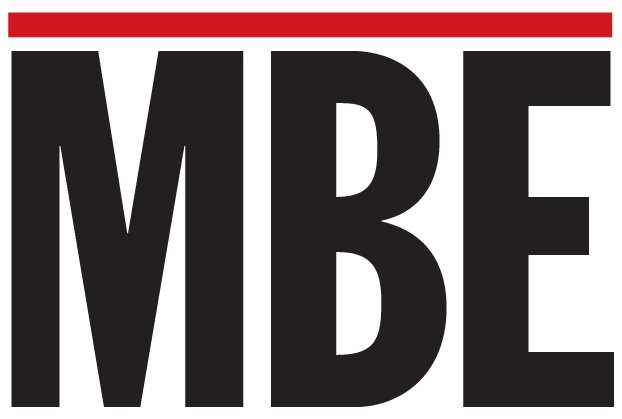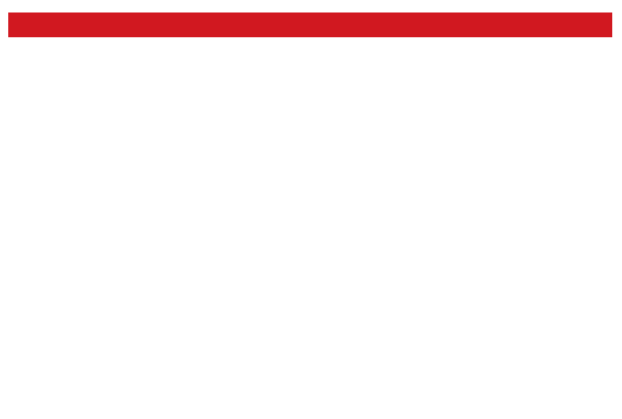
BCH’s AMEN Corner – Affluent Minority Entrepreneur News
We are halfway through the year! It’s the perfect time to revisit your strategic business goals for 2023. Are you hitting the mark, exceeding goals or lagging behind? You still have time to reach your profitability goals this year. As you reassess sales and net income, challenge your team to reduce expenses in at least three categories to increase your profit. Review the following tips below to make the necessary adjustments to get back on track. You got this!
Net profit margin is one of the biggest indicators of a company’s financial health. It’s relatively easy to calculate and shows what percentage of your revenue is actual profit after expenses are deducted. It is often referred to as the bottom line and demonstrates how efficient your business is in turning income into profit. Good profit margins enable businesses to cover their costs and generate a return on their investment. You may calculate net profit margin using the following formula:
Net profit / Revenue x 100 = Net profit margin
For example:
$250,000/$600,000 x 100 = 42%
So, what is a good net profit margin? Industries vary widely such as restaurants with an average net profit margin of 3-5% compared to regional banks at nearly 30%. According to the Corporate Finance Institute, a net profit margin of 20% is considered “good” and 10% is “average” and 3% is “poor” but again it depends on industry standards.
If you need to energize your profitability, take a close look at the following areas:
- Reduce expenses: The largest expense of most businesses is their people. It may be tempting to reduce headcount when profitability is weak but studies show it’s a temporary fix. In fact, it may cost you more in the long run with severance and benefits packages, lost productivity, lost knowledge or lost clients. Look for other ways to reduce expenses by examining your Cost of Goods Sold (COGS) with your team to see where you can trim. You may be able to negotiate lower prices with suppliers, eliminate subscriptions, receive bulk discounts, qualify for discounts due to early payment or renegotiate your lease.
- Increase efficiency: Review processes and procedures to market, sell and deliver your products or services. There could be ways to automate routine tasks such as lead generation and creating a sales funnel that essentially runs itself once you have developed the content. You may be able to streamline processes by eliminating or combining steps and reduce the time it takes to complete a project. Workflows can also be automated using cloud-based project management software such as Asana, Trello or Basecamp.
- Increase productivity: There are a lot of tools available to help us be more productive in the workplace. Leverage platforms such as Calendly to schedule meetings instead of coordinating manually. Video meeting platforms such as Zoom, Microsoft Teams or Google Workspaces replace unnecessary in-person meetings and also save on travel costs and time commitment. Ask each employee to record their daily tasks for a week. Have them submit ideas on how they can be more efficient.
- Limit products or services: Evaluate products or services that are top sellers and determine why they consistently perform well. Do they solve a specific problem that is plaguing a certain industry right now? Are there opportunities to increase your market share? Streamline your offerings to reduce inventory and discontinue those products or services that are low performers. It will help you prioritize to maximize your sales efforts and stretch your marketing dollars.
- Increase repeat customers: Why do your long-term customers continue purchasing your products or services? What do they like about doing business with you? You may want to issue a customer survey to find out if they would refer your business and what is the top motivating factor in their decision-making? The more deeply you understand your customers the more informed decisions you will make to serve their needs.
They say “numbers don’t lie” but they don’t tell the complete story of a business! There are many nuances to owning and managing a successful business. Review company financials with your team on a weekly, monthly and quarterly basis to keep profitability top of mind and uncover new opportunities for growth.
Last month, we asked you “Are You Financially Ready for Retirement?” with 47% responding “Yes” and 53% saying “No.” We invite you to take part in this month’s poll. “Do You Engage Your Employees in Your Business Finances?” Scan the QR code with your mobile device or click on the link below to participate. The results will be revealed in the next column. See you next month! https://www.surveymonkey.com/r/RGNCFXB














